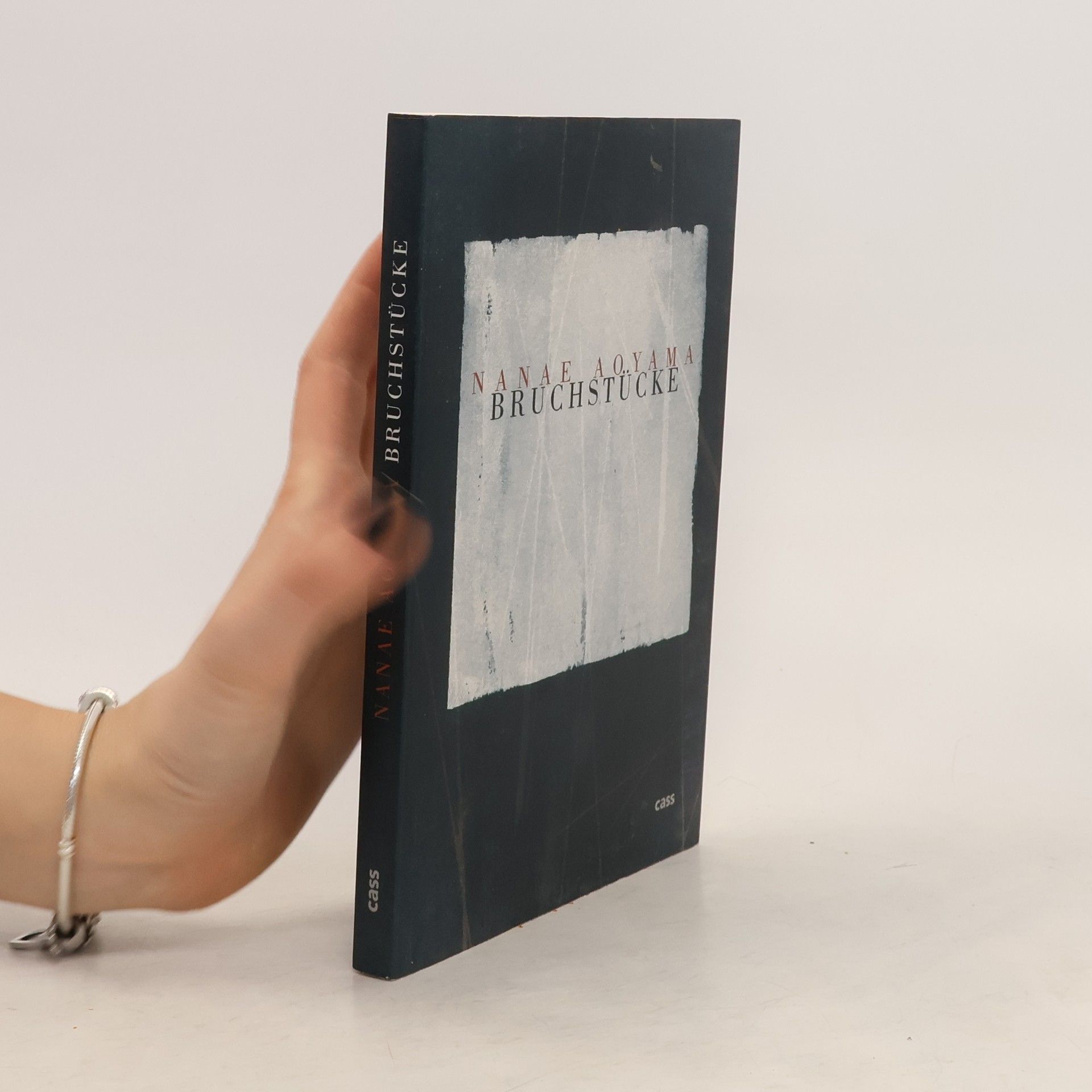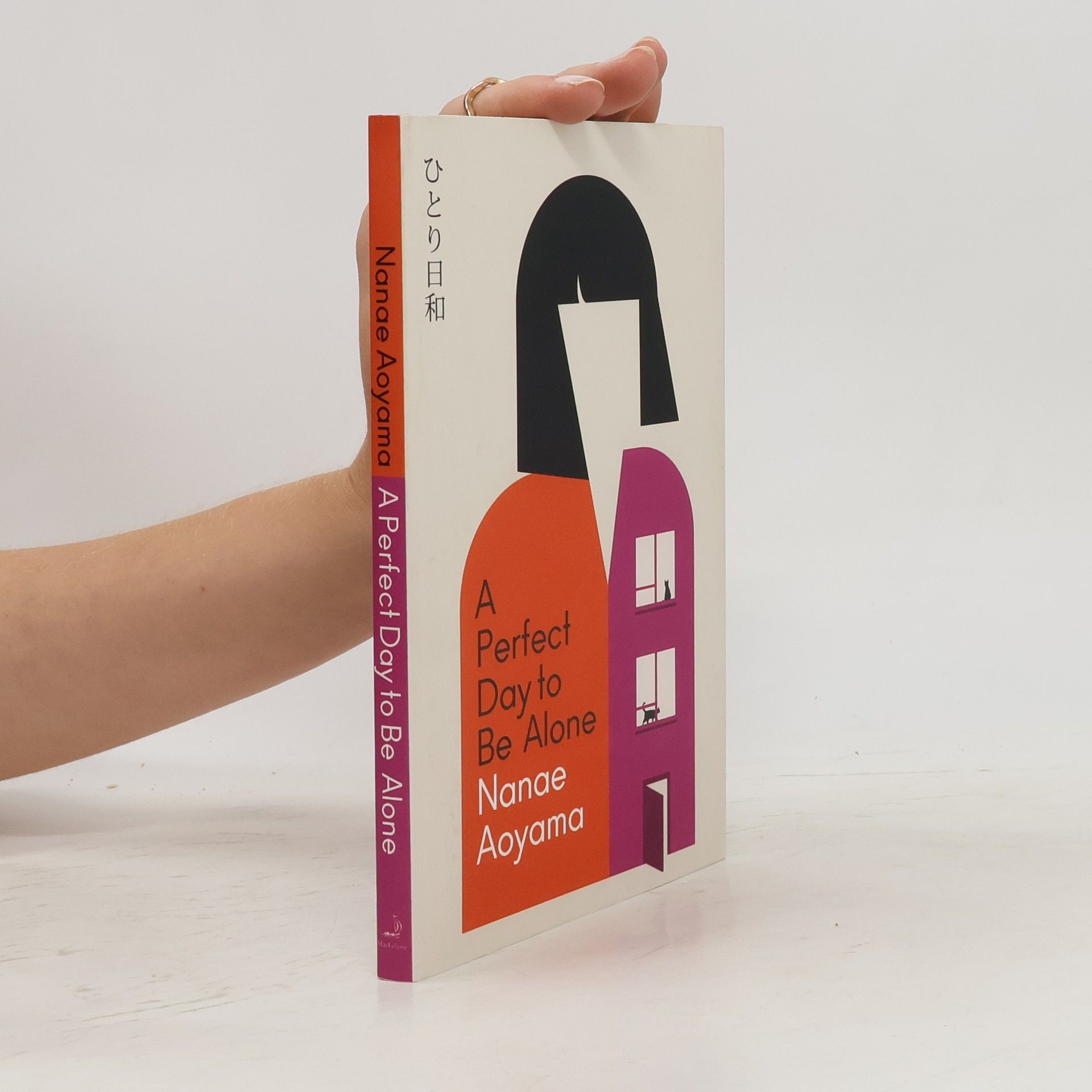An entrancing picture book about the moon, an astronaut, and the earth. The artistic and delicate illustrations are by Sate Tone, the winner of the International Award for Illustration at the Bologna Children's Book Fair, and the bewitching story is written by Nanae Aoyama, the winner of Japan’s Akutagawa Prize, the most prestigious Literary Award given to young authors. Satoe Tone’s artwork has been praised worldwide; I am the Moon will captivate adults and children alike.
Nanae Aoyama Livres
Cette auteure explore les complexités des relations humaines et le sentiment omniprésent de solitude dans la société moderne. Sa prose se penche souvent sur les mondes intérieurs des personnages, leurs désirs inexprimés et leurs difficultés à établir des liens authentiques. À travers un style subtil mais pénétrant, elle brosse des portraits de mélancolie tranquille et de la quête de sens dans la vie quotidienne. Ses œuvres résonnent auprès des lecteurs par leur sincérité et leur profonde compréhension de la psyché humaine.



It was raining when I arrived at the house. The walls of my room were lined with cat photos, set in fancy frames just below the ceiling.When her mother emigrates to China for work, twenty-year-old Chizu moves in with 71-year-old Ginko, an eccentric distant relative, taking a room in her ramshackle Tokyo home, with its two resident cats and the persistent rattle of passing trains.Living their lives in imperfect symmetry, they establish an uneasy alliance, stress tested by Chizu's flashes of youthful spite. As the four seasons pass, Chizu navigates a series of tedious part-time jobs and unsatisfying relationships, before eventually finding her feet and salvaging a fierce independence from her solitude.A Perfect Day to be Alone is a moving, microscopic examination of loneliness and heartbreak. With flashes of deadpan humour and a keen eye for poignant detail, Aoyama chronicles the painful process of breaking free from the moorings of youth.
Eigentlich hätte es ein Familienausflug zu fünft werden sollen, aber nun sind es nur der wortkarge Vater und die erwachsene Tochter, die an der Haltestelle auf den Bus der Reisegesellschaft warten, der sie zum Kirschenpflücken in die japanischen Alpen bringen soll. »Ein Ausflug zu zweit ist doch auch ganz schön«, hatte ihre Mutter gesagt, aber die junge Frau sieht dem Tag eher skeptisch entgegen. Sie flüchtet sich ins Fotografieren und Beobachten und entdeckt dabei an ihrem Vater Seiten, die sie zugleich verschrecken und versöhnen.